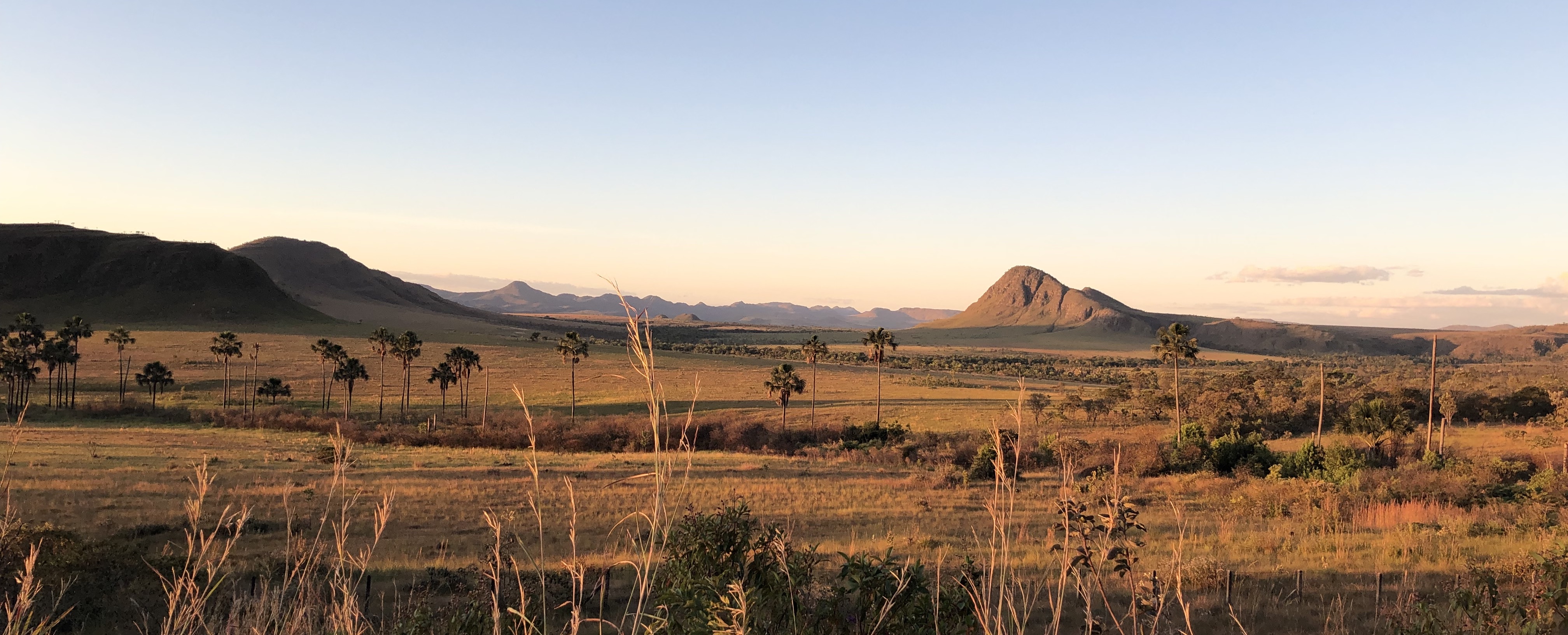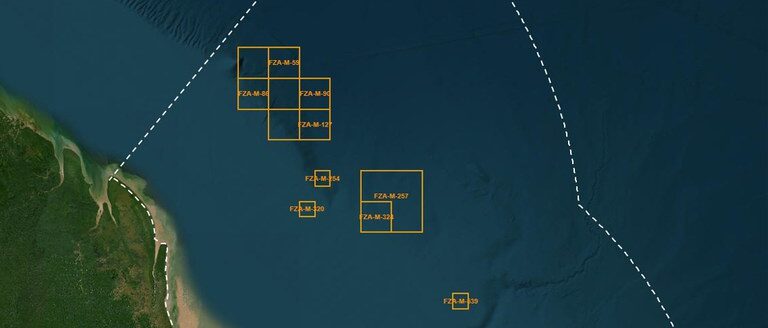Once more we, Institute for Society Population and Nature (ISPN), Brazil’s Indigenous People Articulation (APIB) and National Coordination of Articulation of Rural Black Quilombola Communities (CONAQ), Association of Rural Workers Lawyers (AATR), the National Campaign in Defense of the Cerrado and the Pastoral Land Commission (CPT – Cerrado Articulation) call for public attention, as well as from the press and the European authorities on the possibility of approval, by December 5 of this year, of a law against deforestation that does not protect the area with greatest socio-environmental impact from European trade on earth: the Cerrado.
The EU Council´s Ad Hoc Working Party on Deforestation, bringing together negotiators from each member country, will have decisive meetings on the content of the law, on the next 22nd and 23rd of November, and there is a possibility that the ”Other Wooded Lands” criterion, allowing to protect the Cerrado, which is the richest and most threatened savannas on the Planet, may not be included in its final scope, despite a European Parliament vote with a large majority in favor on September 13, 2022 (Amendment 88).
With an exclusive focus on forests, without the inclusion of Other Wooded Lands, the European deforestation law would have an opposite impact to its original intent, exactly in the region of greatest EU pressure on pristine ecosystems.
THE EUROPEAN LEGISLATION SEEKS TO ELIMINATE DEFORESTATION ASSOCIATED TO THE PRODUCTION AND TRADE OF AGRICULTURAL AND TIMBER COMMODITIES.
The law created high expectations in terms of reducing deforestation associated with the main commodities consumed in the European Union, as well as protecting human rights. The Commission’s original proposal only considers forests, using the FAO definition. This definition excludes large areas of natural and primary ecosystems threatened by the production of commodities consumed in Europe, especially in South America: Pampa, Chaco, Pantanal, Caatinga and Cerrado.
On September 13, 2022, an essential amendment was voted with overwhelming majority by the European Parliament, in order to boost the law’s impact on EU market-related deforestation: the inclusion of “Other Wooded Lands” in its scope, in complementation to FAO-defined “Forests”.
The amendment increases the Cerrado protection from 26% to 82%, of the Pantanal from 24% to 42% and of the Caatinga from 11% to 93%. The most endangered of these ecosystems, the Brazilian Cerrado, is losing almost a million hectares each year, and this destruction is increasing each year.
Unfortunately, the current trilogue discussions may lead to backtracking on the inclusion of “Other Wooded Lands” in its scope, despite the Parliament vote. This would be catastrophic. This law cannot omit the destruction of the wooded areas in the Cerrado biome, for having a significant impact on EU-caused deforestation.
MAIN EUROPEAN DEFORESTATION OCCURS IN THE CERRADO
Cerrado wooded savannas are being destroyed at large scale for cattle and soy production. This is the world´s largest agricultural frontier, with rapid soybean expansion. Recently, in the context of booming international demand for grains, deforestation pressure increased even more. Native Cerrado loss increased from 6,319 to 8,531 square Km from 2019 to 2021, corresponding to more than a quarter of Belgium. This 2,212 square Km increase (+35%) is equivalent to more than 20 times the area of Paris. Data from the Brazilian Institute of Spatial Studies (INPE) indicate that 2022 will have a record Cerrado destruction rate.
Brazil is responsible for more than a quarter of all deforestation associated with soft commodities consumed in the European Union. Soy produced in the Cerrado savannas is the largest contribution to this deforestation. For this reason, without including the Cerrado in the new regulation, Europe would fail to address its greatest single impact on deforestation.
CURRENT DEFINITION OF DEFORESTATION IN THE EUROPEAN LAW PROPOSAL EXCLUDES THE CERRADO
The best available South American vegetation cover map (MapBiomas), which captures its complex mosaic of forests, savannas and natural grasslands, shows that savanas constitute 56% of the Cerrado remaining native vegetation, that would be left unprotected without the inclusion of “Other Wooded Lands” in the scope of the EU law.
In total, considering the seven largest South American Biomes (Brazilian Amazon, Cerrado, Chaco, Caatinga, Pampa, Brazilian Atlantic Forest and Pantanal), OWL corresponds to 122.2 million hectares of natural and threatened savannas and wooded lands. On the other hand, on the European Continent, Copernicus data show that OWL areas are restricted to a few sparse areas in Southern Europe. This means that considering Other Wooded Lands in the scope of the law would include extensive primary and biodiverse areas in tropical countries, without significantly increasing areas under legal protection within Europe’s borders.
INCLUSION OF THE CERRADO FACILITATES LAW ENFORCEMENT AND REDUCES COSTS
The FAO definitions of forest and other wooded lands are based on arbitrary criteria of tree height and tree cover. The Cerrado is composed of a mosaic of forest, savannah and grassland, with complex local gradients of intermingled vegetation. This creates numerous cases where the distinction between forest and savanna is very difficult, even by observation and measurement of the vegetation in the field.
Therefore, there is a high risk of having numerous disputes from producers who will seek to prove that their farms are located outside the scope of the law, in savannah areas, and not in forest. This generates imprecision in law enforcement, loss of efficiency, and high extra costs to check products compliance . In practice, it could jeopardize law enforcement where it is most needed.
Therefore, including “other wooded lands” in the scope of the legislation would increase its effectiveness, facilitate its implementation, and reduce the costs of verifying compliance.
IRREPARABLE DAMAGE WOULD RESULT FROM NOT INCLUDING THE CERRADO NOW IN THE SCOPE OF THE LAW.
A revision of the deforestation law is planned after two years, but this time frame is far from guaranteed. In practical terms, even in the eventuality of this revision beginning to be discussed immediately after final approval to consider the inclusion of Other Wooded Land, it would hardly be operational before 2027. Considering an average deforestation increase of 17.5% per year between 2020 and 2021, this would correspond to a total loss of more than 8 million hectares between 2022 and 2027, an area equivalent to the surface area of the Czech Republic . And if we consider a stabilization of the annual deforestation rate at the current value, the impact would still be almost 4.3 million hectares, corresponding to the area of Denmark or the Netherlands.
Cerrado destruction could lead to the extinction of at least 480 endemic plant species – more than three times greater than any documented extinction since 1500. Also, it has the potential to emit 3.2 Gt of CO2 if destroyed. This, without considering the loss of human lives and other irreversible impacts on indigenous peoples and local communities who are evicted from their lands, exposed to high degrees of contamination from the agrochemicals used in soy plantations, and who have their livelihoods and agricultural production destroyed.





